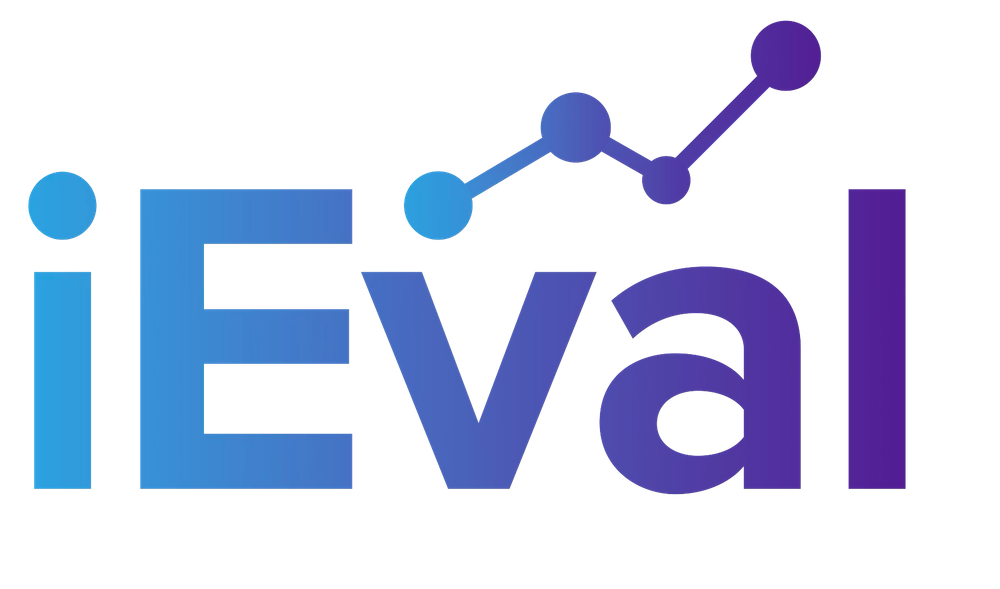In my last post I mentioned that I would soon be moving to Geneva, Switzerland to work in the Evaluation unit at the International Labour Organization (ILO). Well, I’m here!! After a whirlwind first week I have spent the weekend catching up on sleep and thinking a bit about this brand new context I am immersing myself in as an evaluator. I have only worked at the ILO for three days, but I figured why not take this opportunity to reflect a bit on that here while simultaneously producing something interesting for all of you.
The ILO evaluation office commissions, conducts and manages a wide range of evaluations. These range from high level evaluations of policy and strategy, in which the office is intricately involved, to country level program evaluations, in which the office only in provides technical assistance when requested and reviews the final report. However, each evaluation comes with a set of recommendations, and the evaluation office is responsible for developing capacity for using evaluation findings and an environment in which this is viewed as important for decision-making and program improvement.
There seems to be a tiered system for holding program managers accountable for developing action steps based on evaluation recommendations and following through on them. There are, for example, regional evaluation managers who hold country program managers accountable for using the evaluation. At higher levels within the organization, the evaluation office convenes an Evaluation Advisory Committee (EAC) made up of high-level administrators in the ILO who review strategic level evaluation reports and hold the leaders of particular ILO departments accountable for the utilization of recommendations. Having an engaged committee made up of organizational leaders willing to hold managers accountable for using evaluation may be a good strategy for enhancing use within organizations.
This approach to enhancing evaluation use within an organization is top-down. It is not yet clear to me how much of the evaluation use happens on managers own accord, which is arguably a more sustainable and effective strategy. Considering the research done by various evaluation scholars over the years on the topic of use, it aligns with what some have argued for, which is the engagement of key decision makers in the evaluation. However, it seems that this happens not while the evaluation is being conducted, but after the evaluation has been completed, recommendations written and the final report submitted.
All in all, use seems to be a key component of the ILO evaluation strategy. It is included in their strategic plan, and it is an important part of the evaluation offices work. I am sure I will continue to learn all about how evaluation use is facilitated within the organization and among development agencies like it. As I do, I plan to share some of those lessons here with you. Being in this new environment brings with it that period of time where you don’t know what is going on and are trying to figure out how things operate. Writing this post has helped me unpack a few things, and hopefully is an interesting read for all of you.
COREY’S USEFUL TIP: Since I am still in the “soak it all in” phase my tip is to go into new environments with open ears and open eyes. Take all opportunities that are presented to you because, even if they are uncomfortable, your ability to face those situations and thrive are where real learning takes place.

